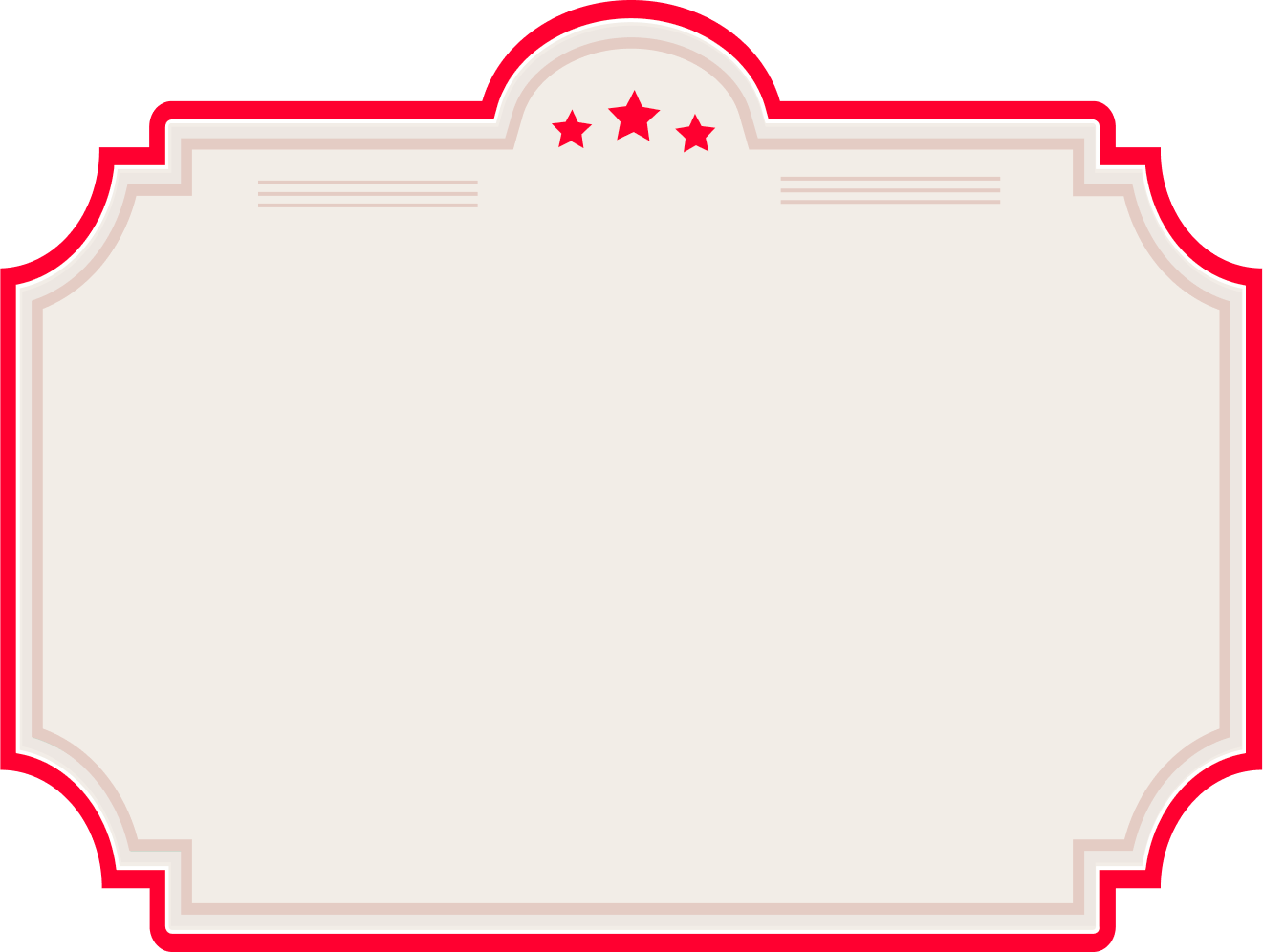To our veteran subscribers—and to our many newcomers—welcome, again, to The Free Press (formerly Common Sense). We’re excited you’re here. We hope you enjoy the essay below by Amanda Fortini as much as we do.
For more, please check out our new website. And thank you so much for making our work possible. — BW
In my early twenties, I attended an art party at a converted warehouse loft in Williamsburg, Brooklyn. Among a roomful of scenesters about a decade older than me, I felt unworldly, underdressed, self-conscious, so I went into a bedroom to sit on a pile of coats and think. There, I met a graying man attired as a Wildean dandy—purple coat, lace cuffs—who seemed to have had the same idea as I did. We perched on the edge of the bed, shoulder to shoulder, and talked. “I like you,” he announced after a while. “You’re the only person at this party who isn’t pushing a concept.”
I think of that moment all the time these days, when every person, every story, seems to be pushing a concept of some kind.
When I teach college journalism classes, I tell my students to go out and report on events as they unfold, letting their stories arise from whatever they find, while ignoring the expectations or preconceived notions they had at the start. The real world, I tell these impressionable young writers, is always more fascinating than the ideas we hold about it. Reality, truth, the bizarre behavior of people in the wild—they will always surprise you.
In our current media climate, where facts are subordinated to various master narratives, and everything is viewed through an ideological lens, my advice might seem obsolete, I realize. For a while now, on broadcast news, in magazines and newspapers—and certainly in “content” that goes viral on social media—there is a conspicuously growing lack of stories that are complex, surprising, and seemingly told for their own sake.
The “narratives”— to use the fashionable term for what was formerly called “the party line”—often feel manipulative, intended to advance agendas. Usually, you know the moral of a tale the moment you begin to read or watch. Remember those stories about Covid patients begging for a vaccine on their deathbed? Or the operatic re-casting of Ivermectin, a well-known antiparasitic drug, as a dangerous “horse dewormer”? It was said that rubes who had overdosed on it were clogging up emergency rooms, and, according to one story in Rolling Stone, preventing gunshot victims from getting treated at an Oklahoma hospital. Not surprisingly, this story turned out to be spurious—based on the unsubstantiated claim of a single doctor—but it was glaringly so to me at the time, not least because multiple people I knew in Hollywood had been prescribed the medication by their fancy doctors as an off-label early treatment for Covid.
I can’t help laughing as I write this. Such stories seem even more absurd in retrospect, transparent attempts to influence behavior. As a journalist I know that it’s rare to find people and situations that dovetail neatly with the messaging favored by the powers that be, yet these curiously convenient tales crop up all the time now. “We tell ourselves stories in order to live,” Joan Didion wrote in The White Album, famously, but in our present era of narrative manipulation, one might instead say: “They tell us stories about how we don’t live.”
If you live in the West, as I do, you are well versed in the ways that commonly held stories are often untrue. Your neighbors are not all bigots, and most people who drive pickup trucks are not brutes gunning to run over toddlers—many are just farmers or ranchers with equipment to haul, or regular drivers who must travel rough dirt roads.
There are so many of these false narratives, in every realm: The economy is healthy even though prices are soaring. Having a Zoom party is fun. Taking a virtual tour of an art museum is almost like being there. Viruses aren’t transmitted among people protesting injustice. #HillaryOnHulu was an organic “trending topic” on Twitter.
My root objection to these fictions isn’t about politics or even ethics, purely; it’s one of aesthetics. Not only are these narratives untrue, they’re also uninspired and formulaic. They feel engineered with a takeaway in mind, assembled from a kit—with a moral, a villain, and a hero. They lack the pleasing strangeness of reality and the uncanny rightness of mimesis. As you consume them, there’s no sense of discovery or revelation. I find them pat, predictable, deadening. They bore me.
What’s the antidote? It’s a renewed focus on the real, the concrete, and the specific. This past summer, I decided to stop immersing myself in all the “narratives” and put my cell phone in a drawer. I actually did this, but it’s also a metaphor. Meanwhile, my husband and I began to spend time at my late father-in-law’s airy old cabin in rural Montana. Out there, beyond cell service and without neighbors as far as you could see, I dragged a plastic lawn chair from the garage onto the deck and sat reading for hours at a time in the blazing sun.
I read Annie Dillard, a writer who, in her granular attention to the natural world, felt like a remedy to all the blather. She portrays people, animals, landscapes, and insects in all their particularity and uniqueness, resisting, with every word, the clichés society hands us. “Examine all things intensely and relentlessly,” reads The Writing Life, which I devoured in an afternoon. “Probe and search each object in a piece of art; do not leave it, do not course over it, as if it were understood, but instead follow it down until you see it in the mystery of its own specificity and strength.”
Her words helped me to see the world again in all its mystery, rather than constantly noticing how this or that phenomenon was being mined and manipulated to dubious ends. My surroundings felt distinct and almost enchanted. I sat on the deck and did little but watch animals. There was a baby rabbit who liked to huddle near our pickup truck, as though the tires might protect him from predators. And a neurotic chipmunk who twitched and fretted, flitting to and fro, then went absolutely berserk whenever a breeze rustled the nearby bushes. One day, upset over an argument, I prayed to God for a sign that it would resolve itself and, seconds later, a yellow butterfly landed on my index finger and stayed there, opening and closing its wings for a full five minutes. Life is always so much stranger than anything we could make up.
The more I paid attention to what was tangible, the phonier the narratives began to feel. In September, my husband and I attended a tech conference in Miami where no one even talked about politics. Instead, we swam, ate, and discussed books, drug trips, herbal remedies, UFO sightings, beauty, privacy, surveillance, and the best places to visit in Utah. I once again realized what I already knew—that no one I encountered in person ever fit into a prefabricated narrative.
It is almost as though the purpose of the stories we are told is to obscure reality, not to reveal it. Because to observe reality is to trust your own perceptions. You might even start to notice that most stories are not tidy parables with morals. “The world is wilder than that in all directions, more dangerous and bitter, more extravagant and bright,” Dillard writes. A satisfying true story tends to be complicated and irreducible. Reality is messy. People have obscure and contradictory motives; we misbehave, screw up, and rarely do what we should.
Amanda Fortini is a writer and editor who lives in Las Vegas, Nevada, and Livingston, Montana. She is writing a book about Las Vegas.








